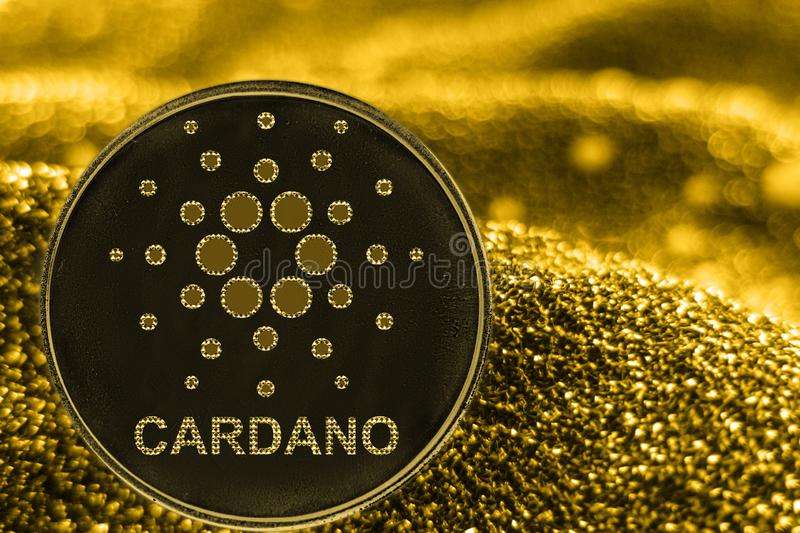
- Raw metrics prove that Cardano is way ahead of other PoS chains.
- There are three important metrics to make a profound crypto project assessment.
VCs and most crypto Twitter choose not to discuss Cardano. However, the metrics show that Cardano is ahead of other PoS chains. Blockchain expert, Sooraj Ksaju, shared updates from Cardano this past week. Voting regarding project catalyst Fund9 has started already.
VCs and most of the crypto Twitter try their best not to talk about #Cardano
But if you look at the raw metrics,#Cardano is way ahead of other PoS chains
If you are curious to know more,
Subscribe to our newsletter to get smarter & save your time👇https://t.co/tqv4EHMUeY pic.twitter.com/V8WhpWMckV
— Sooraj 🚢 (@Soorajksaju2) September 10, 2022
Registered members with valid AR code before august 4 can now lend their voice through fund9 voting. Members who registered after August 4 will only be eligible to participate in the fund10 voting process. The voting process aims for the Cardano community to share a largesse of $16 million among various projects.
Voting starts on September 5 at 10 am UTC and ends by 3 pm UTC on September 19. Results of the vote will be available by September 27, while the first reward will happen around October 15.
Applying the L1 assessment framework to Polkadot
As an emerging asset class in the 21st century, making crypto investment decisions shouldn’t be based on hype or constantly-changing narratives. Recent events prove that making decisions based on metrics and the fundamentals is essential to assess any crypto project properly.
Security, scalability, and decentralization are essential metrics to achieve a profound crypto project assessment. Forty-seven percent of Polkadot’s initial token distribution went to insiders and the foundation. By contrast, initial token distribution to insiders in layer-1 chains such as Cardano and Ethereum is high.
For instance, Ethereum and Cardano shared nearly 80 percent of their tokens via a public safe. However, Polkadot had a higher general allocation than Solana and Avalanche. Polkadot’s public allocation of 53 percent is higher than Solana’s 1 percent and avalanche’s 16 percent. Hence, the decentralization and fairness of Polkadot’s initial token distribution fall between that of avalanche and Cardano.
Polkadot has a staking ratio of 52.4 percent and over 33,500 staked wallets. That reflects its relatively low level of decentralization. Polkadot’s number of validators is relatively low (998) compared with Cardano’s number of validators (3,100). No matter the amount of throughput that Polkadot generates, fees will permanently be restricted by a parachain’s throughput capacity, which currently ranges between 1,000 and 1,500 TPS.
Polkadot achieves this high throughput capacity because it processes transactions simultaneously with multiple chains. However, Cardano and pre-upgraded Ethereum generate 7 to 8 TPS and 13.4 TPS, respectively. It is worth noting that Cardano has a higher number of validators and degree of decentralization compared to Polkadot.
Cardano is less vulnerable to DDoS attacks because it has a highly decentralized and distributed network. Compared to Polkadot, Cardano has low hardware requirements and a small size of full nodes to support its decentralization. This reflects the high number of stake pools and users running full nodes.
Earlier in the year, Cardano announced more than ten ways it plans to scale. Industry analysts predict that Cardano developers will include these improvements in the upcoming Vasil upgrade later this month. Many believe that Cardano can become the best all-in-one blockchain solution. They claim its operations are more resilient and sustainable over the long term based on infrastructure and functionality.
This news is republished from another source. You can check the original article here



